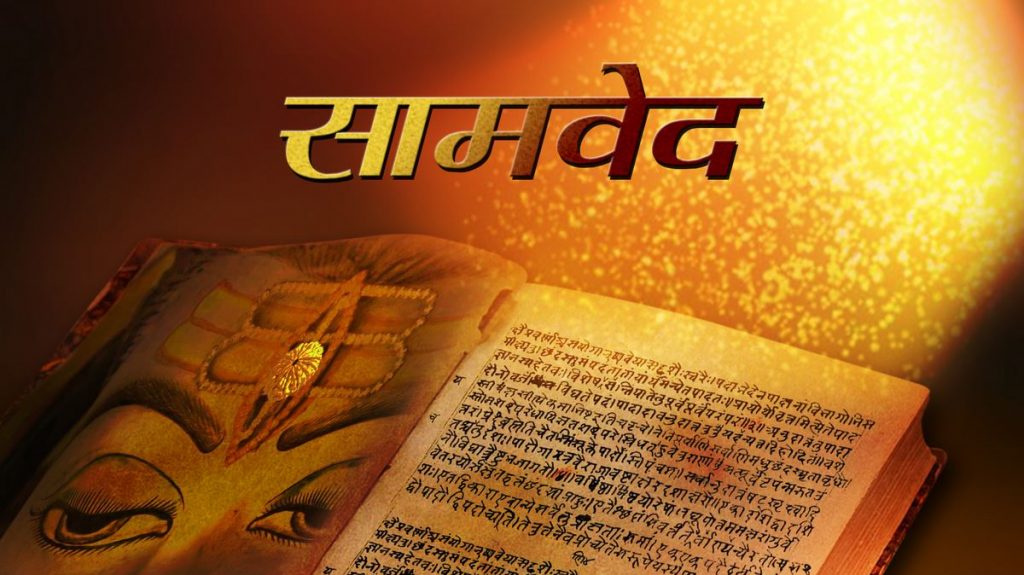Rig Veda
Rig Veda is most popular among all Vedas; today we will share some useful information related to Rigveda which every Indian must know.
The Vedas are recognized as the most sacred scriptures of the Hindus. In fact, the Vedas have the status of being the world’s oldest piece of literature.
The word “Veda” has been derived from the root word ‘vid’ which means wisdom, knowledge, or vision. So, Vedas describe spiritual knowledge encompassing all aspects of life.
Vedic text has stood the test of time and is still regarded as the highest religious authority by Hindus in particular and humankind in general.
Today, you come to know everything about The Rig Veda. The Rigveda is regarded as the oldest text of Hinduism. It is the oldest of the four Vedas.
In fact, the Rig Veda is the oldest book known to humanity. The Rig Veda has been described as having the origin of divine knowledge.
Atharva Veda
Atharva veda is the “knowledge storehouse of the procedures for everyday life”. The text is the fourth Veda, and is a late addition to the Vedic scriptures of Hinduism. The language of the Atharvaveda is different from Vedic Sanskrit, preserving pre-Vedic Indo-European archaisms.
It is a collection of 730 hymns with about 6,000 mantras, divided into 20 books. About a sixth of the Atharvaveda texts adapts verses from the Rigveda. The Veda may be named, states Monier Williams, after the mythical priest named Atharvan who was first to develop prayers to fire, offer Soma, and who composed “formulas and spells intended to counteract diseases and calamities”.
Each book generally has hymns of about a similar number of verses, and the surviving manuscripts label the book with the shortest hymns as Book 1, and then in an increasing order.
Sama Veda
Sama Veda is the Veda of melodies and chants.It is an ancient Vedic Sanskrit text, and part of the scriptures of Hinduism. One of the four Vedas, it is a liturgical text which consists of 1,875 verses.
All but 75 verses have been taken from the Rigveda. Three recensions of the Samaveda have survived, and variant manuscripts of the Veda have been found in various parts of India.
The Samaveda comprises two major parts. The first part include four melody collections and the second part three verse “books”. A melody in the song books corresponds to a verse in the arcika books. The Gana collection is subdivided into Gramageya and Aranyageya, while the Arcika portion is subdivided into Purvarcika and Uttararcika portions.
Yajur Veda
Yajur Veda is the Veda primarily of prose mantras for worship rituals. An ancient Vedic Sanskrit text, it is a compilation of ritual-offering formulas that were said by a priest while an individual performed ritual actions such as those before the yajna fire.
Yajurveda is one of the four Vedas, and one of the scriptures of Hinduism. The exact century of Yajurveda’s composition is unknown, and estimated by Witzel to be between 1200 and 800 BCE, contemporaneous with Samaveda and Atharvaveda.
Each regional edition (recension) of Yajurveda had Samhita, Brahmana, Aranyakas, Upanishads as part of the text, with Shrautasutras, Grhyasutras and Pratishakhya attached to the text.
In Shukla Yajurveda, the text organization is same for both Madhayndina and Kanva shakhas. In Krishna Yajurveda, each of the recensions has or had their Brahmana text mixed into the Samhita text, thus creating a motley of the prose and verses, and making it unclear, disorganized.
The Purana

Purana is a vast genre of Indian literature about a wide range of topics, particularly about legends and other traditional lore. Composed originally in Sanskrit and in other Indian languages, several of these texts are named after major Hindu deities such as Vishnu, Shiva, Brahma and Adi Shakti. The Puranic genre of literature is found in both Hinduism and Jainism.
“The rk and saman verses, the chandas, the Purana along with the Yajus formulae, all sprang from the remainder of the sacrificial food, (as also) the gods that resort to heaven. He changed his place and went over to great direction, and Itihasa and Purana, gathas, verses in praise of heroes followed in going over.”
The Skanda Purana has received renewed scholarly interest ever since the late 20th-century discovery of a Nepalese Skanda Purana manuscript dated to be from the early 9th century.



